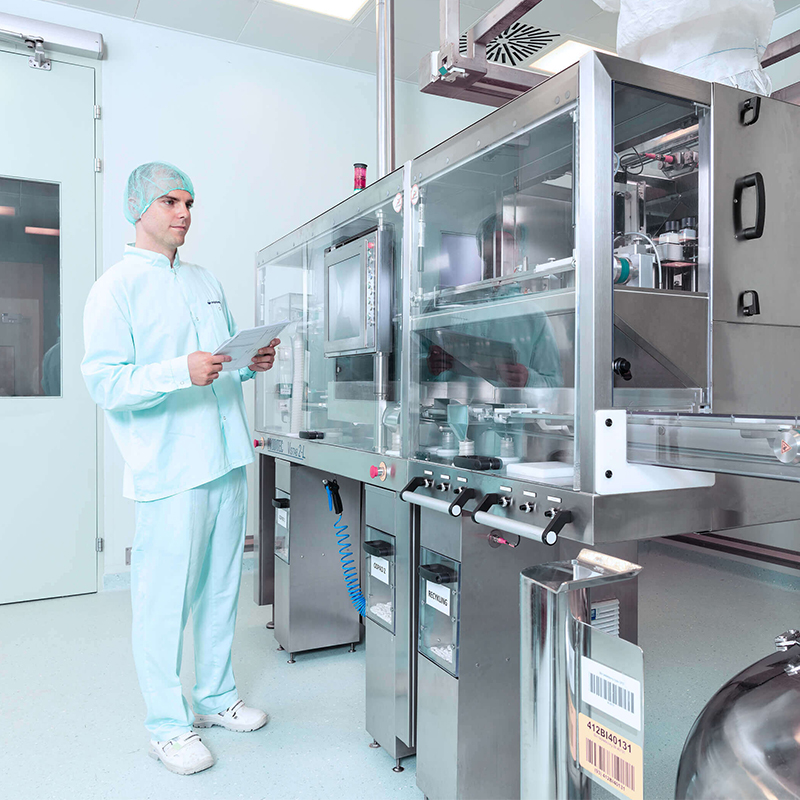Maintaining a contamination-free environment is critical in pharmaceutical manufacturing. Cleanroom classification systems help define the necessary air cleanliness levels in different zones to ensure drug safety and regulatory compliance. This guide breaks down four key frameworks you should know: US FED STD 209E, ISO 14644-1, cleanroom design requirements, and EU GMP Annex 1.
1. US FED STD 209E: Legacy but Still Referenced
Although superseded in 2001, the US FED STD 209E remains widely referenced in the industry. It classifies cleanrooms by the number of particles ≥0.5 µm per cubic foot of air.
-
Classifications range from Class 1 to Class 100,000
-
Class 100 (≈ ISO 5) is commonly used in aseptic zones
This system helped lay the groundwork for modern cleanroom standards and is still useful for historical or comparative purposes.
2. ISO 14644-1: The Global Standard
Today, ISO 14644-1 is the internationally accepted cleanroom standard. It categorizes cleanrooms based on the number and size of airborne particles per cubic meter.
-
ISO classes range from Class 1 (most sterile) to Class 9
-
For pharmaceutical cleanrooms:
-
ISO Class 5 is typical for aseptic processing
-
ISO Class 7–8 are used for support areas
-
The ISO standard also emphasizes continuous monitoring and qualification under both “at rest” and “in operation” states.
3. Cleanroom Design Requirements
Achieving and maintaining cleanroom classifications relies on thoughtful design. Key elements include:
-
HEPA/ULPA filtration for particle removal
-
Unidirectional airflow in critical areas
-
Pressure differentials to prevent cross-contamination
-
Clean zoning: Areas are classified by risk level
-
Gowning protocols to minimize personnel contamination
Materials must be non-porous and easy to sanitize. Every design decision supports maintaining the target ISO class.
4. EU GMP Annex 1: The European Standard
For pharmaceutical products sold in Europe, compliance with EU GMP Annex 1 is essential. It classifies environments into Grades A to D, each with its own microbial and particulate limits.
| Grade | ISO Equivalent | Application Area |
|---|---|---|
| A | ISO 5 | Aseptic filling zones |
| B | ISO 5 (at rest) / ISO 7 (in operation) | Background for Grade A |
| C | ISO 7/8 | Solution prep areas |
| D | ISO 8 | Less critical stages |
The latest 2022 update introduces Contamination Control Strategy (CCS) and more stringent risk management requirements.
Conclusion
Pharmaceutical cleanroom classification is governed by strict international standards. Whether following ISO 14644-1, FED STD 209E, or EU GMP Annex 1, your cleanroom must be designed, validated, and monitored to ensure compliance and product integrity. Understanding these classifications is key to delivering safe and effective pharmaceuticals to the global market.
Post time: Jun-20-2025

